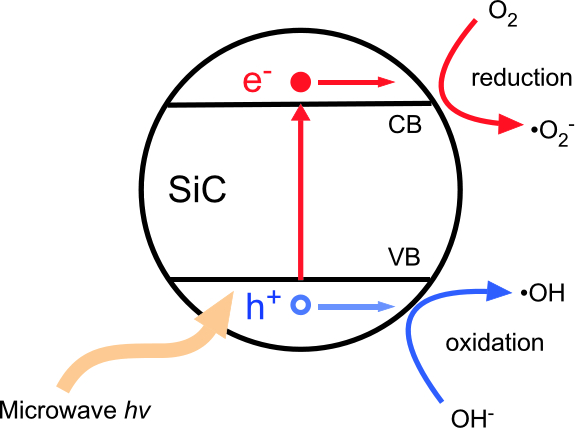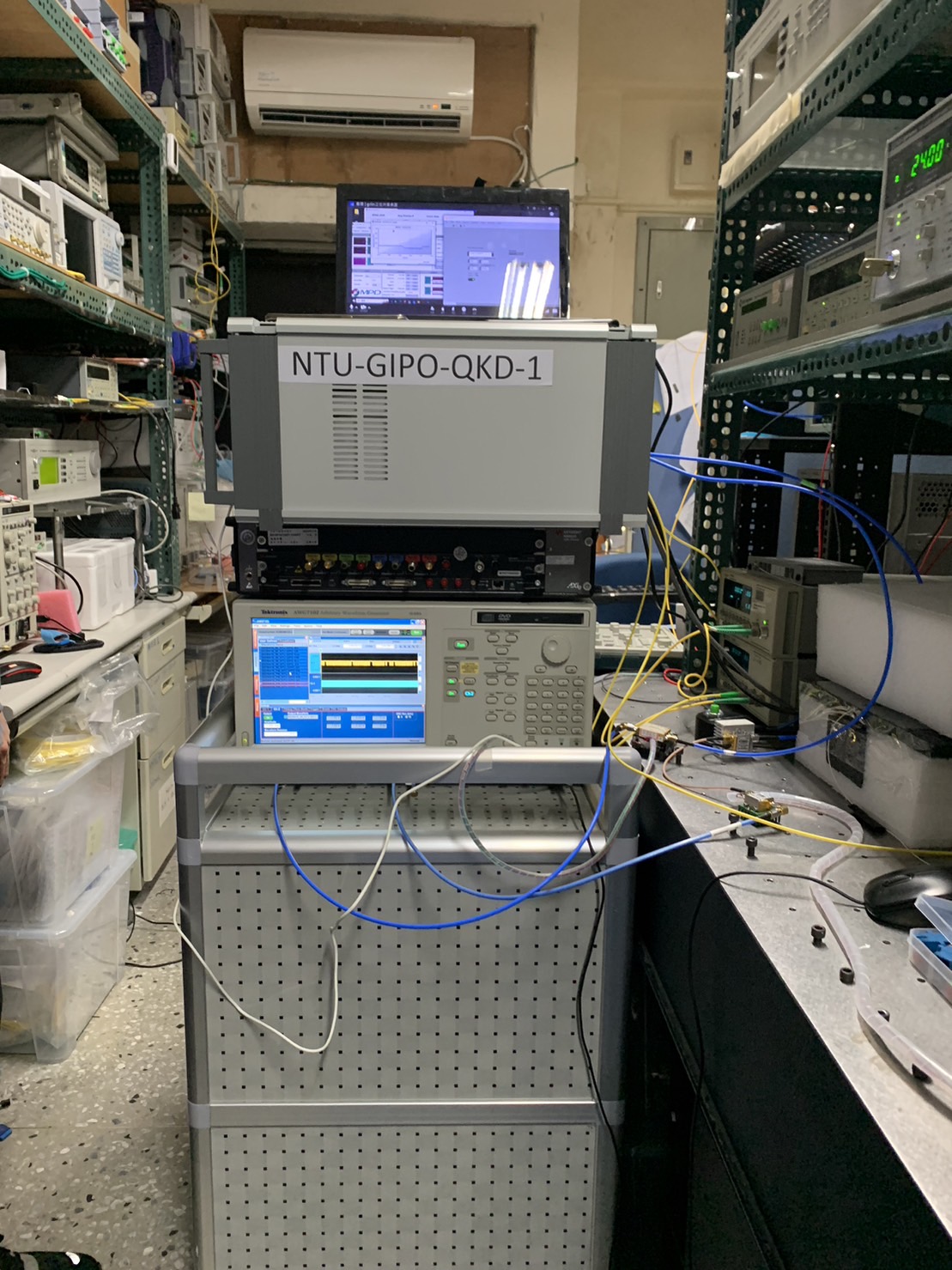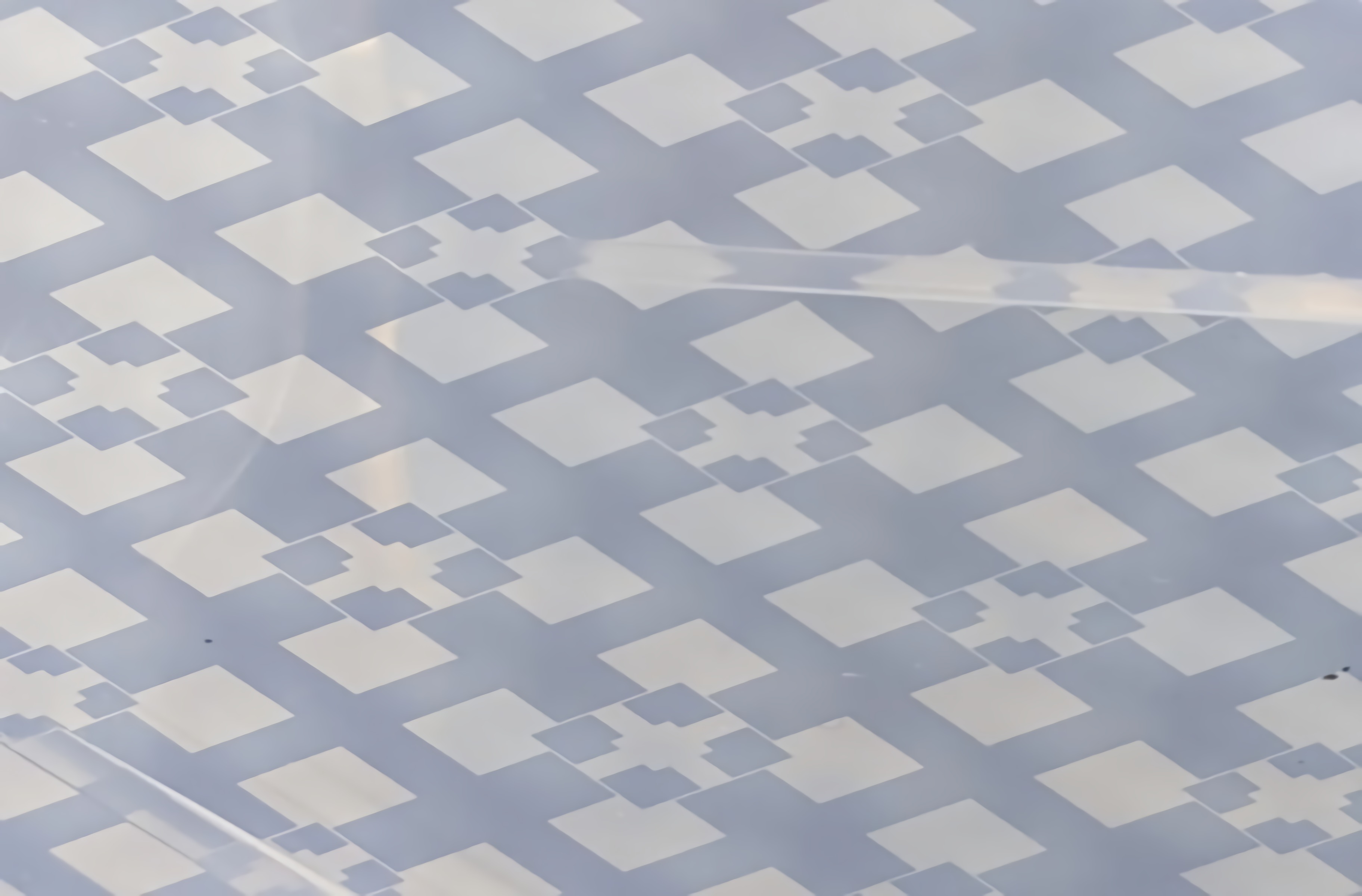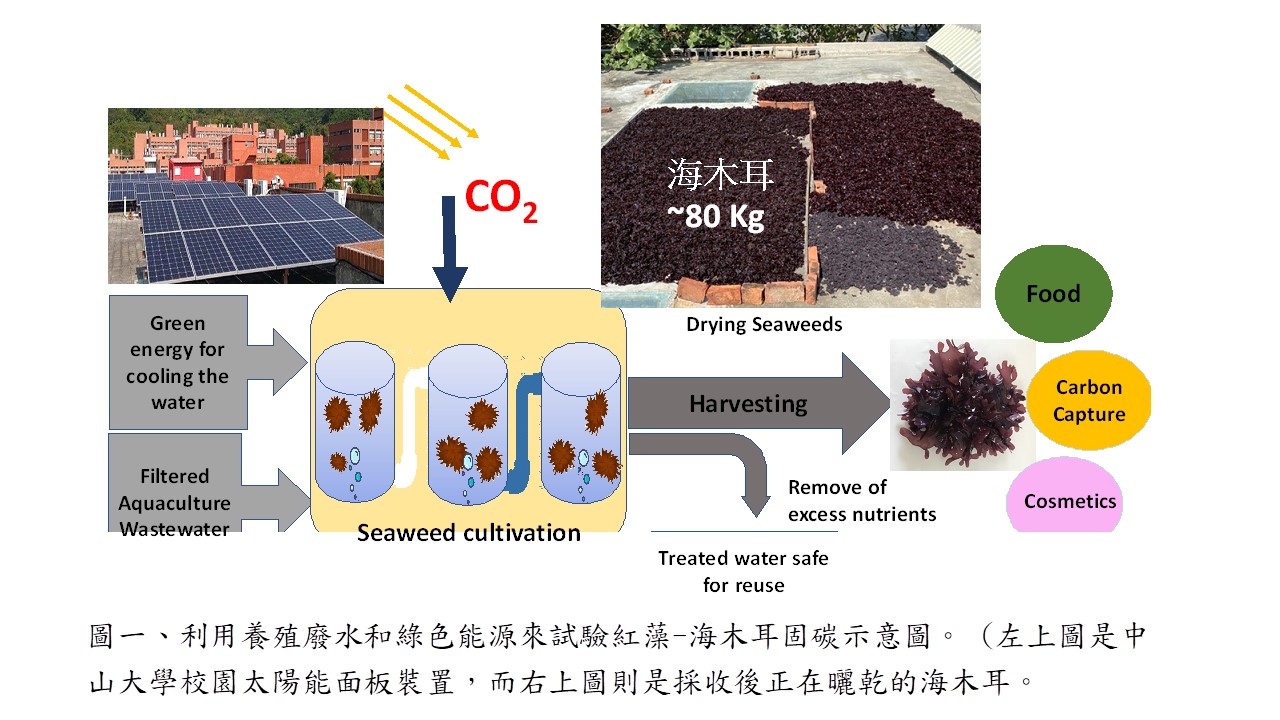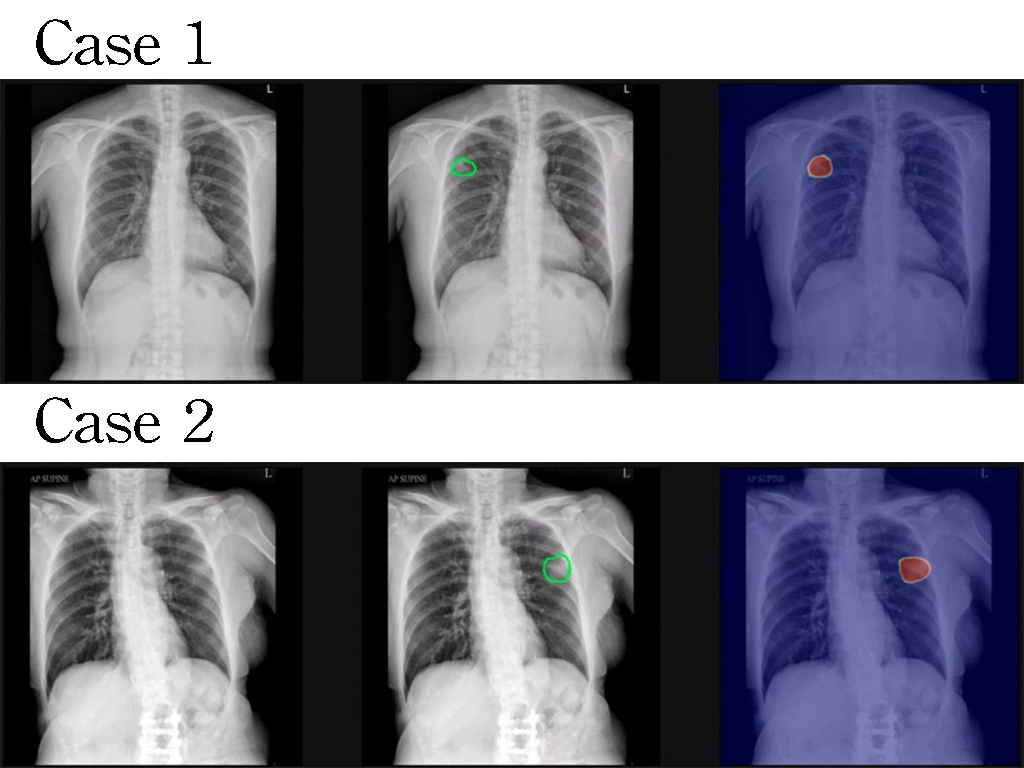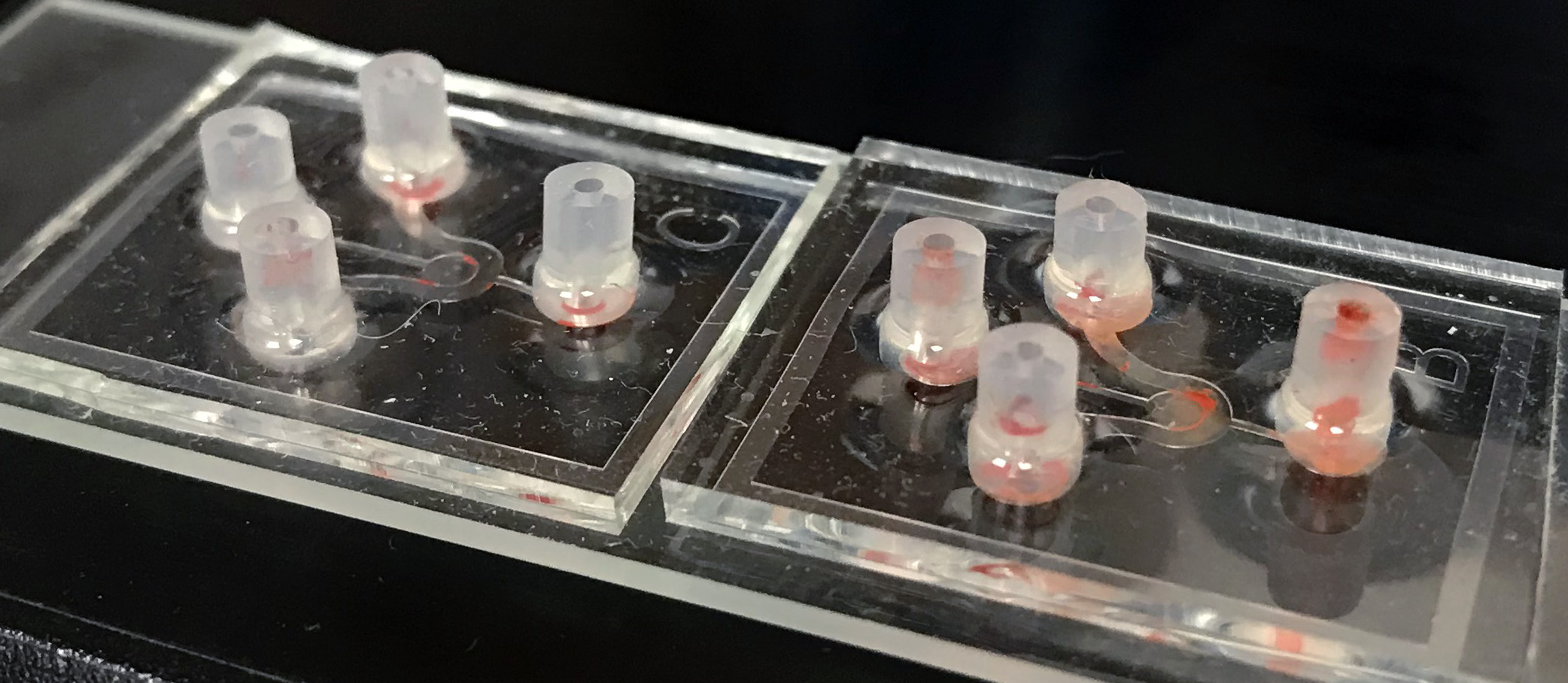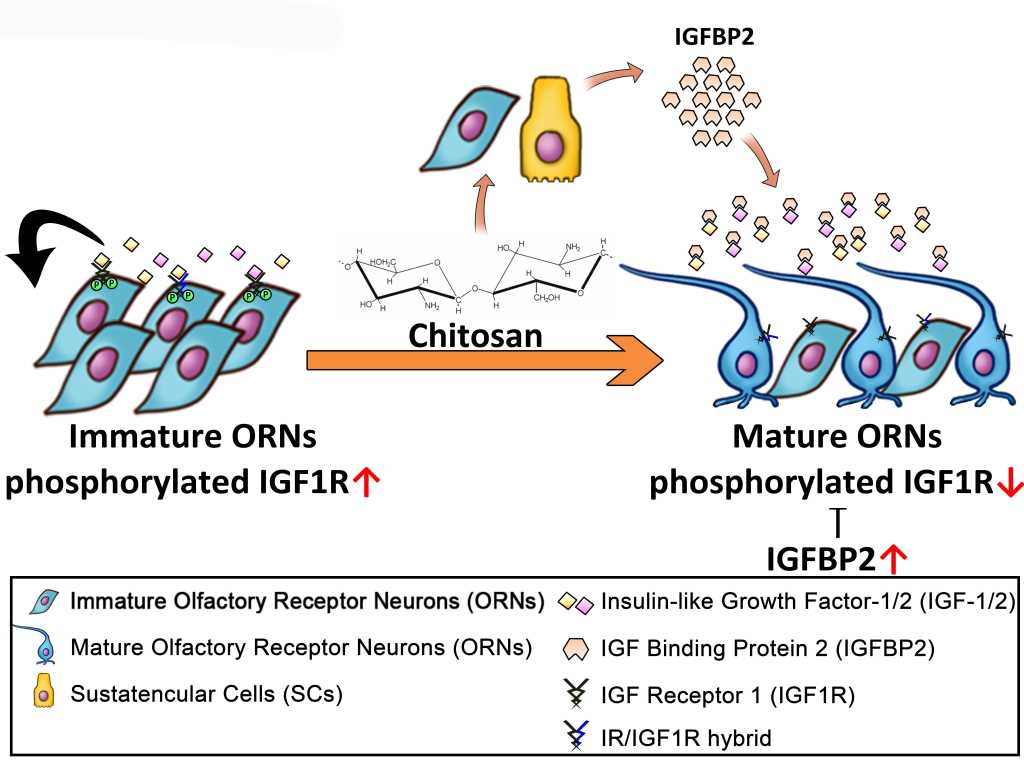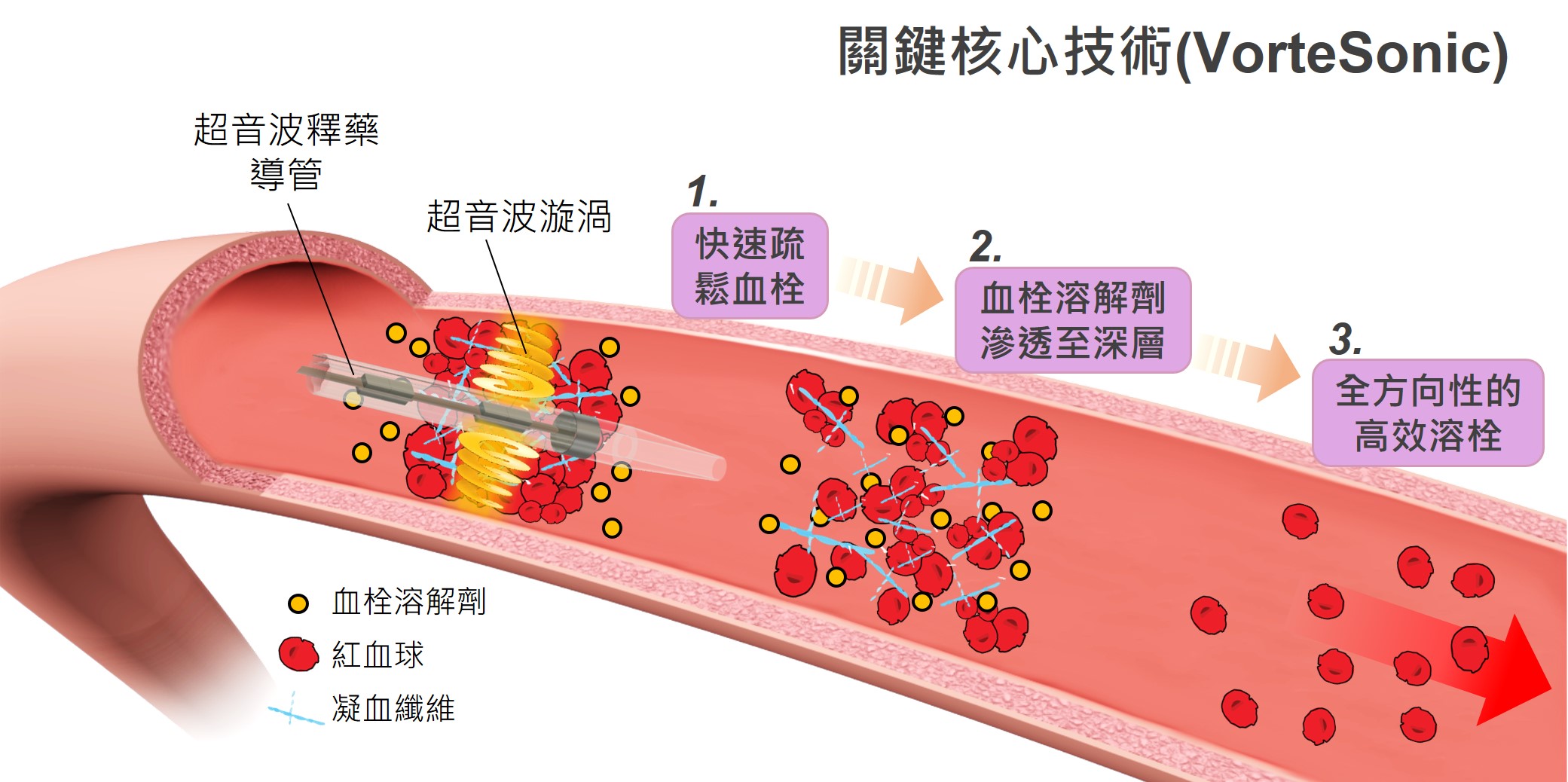| 技術名稱 | SiC 第三類半導體材料之高效能綠色毫米波拋光技術 | ||
|---|---|---|---|
| 計畫單位 | 國立中央大學 | ||
| 計畫主持人 | 李天錫 | ||
| 技術簡介 | 碳化矽材料具高能隙特徵優勢,但由於其高硬度和強惰性特性,一般拋光技術使用酸或鹼或重金屬離子催化手段之效率低落且不利環保。本技術-毫米波(微波)拋光技術,係利用毫米波照射之電磁波催化和集膚效應特性,激發熱電子促進固-液界面氧化還原反應而達成快速拋光功效,可望發展為快速潔淨、綠色環保的半導體拋光製程。 |
||
| 科學突破性 | 根據微波製程於SOI晶圓製造技術智切法成功整合經驗,發展微波催化效應於拋光技術。學研界通常認為微波被材料吸收提高溫度來促進化學反應。但本技術提出另類論述:毫米波激發半導體表面懸掛鍵未配對電子為熱電子狀態,進而解裂鍵結進行拋光動作。粗糙面原子層越突出越易為微波激發進行氧化還原而被溶解,達到平滑目的。 |
||
| 產業應用性 | 應用微波化學原理發展位於拋光應用之金字塔頂尖的微波表面拋光技術。除SiC外,微波材料技術亦能應用在其他半導體材料,發展製程與設備的相關產業。技術具有高效率能源使用的潔淨、環保特徵,不但有助工業發展,亦能滿足淨零碳排政策。微波模組能融入現有機台發展設備,迅速切入現有研拋設備產業,創造有規模之經濟效益。 |
||
| 媒合需求 | 半導體設備商 |
||
| 關鍵字 | 碳化矽 快速拋光 毫米波 微波化學 穿隧效應 綠能環保 電磁催化 催化基準蝕刻 機械化學拋光 第三類半導體 | ||
- 聯絡人
- 黃威錡
- 電子信箱
- 110323034@cc.ncu.edu.tw





